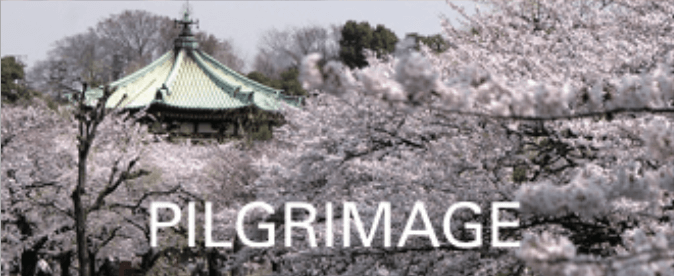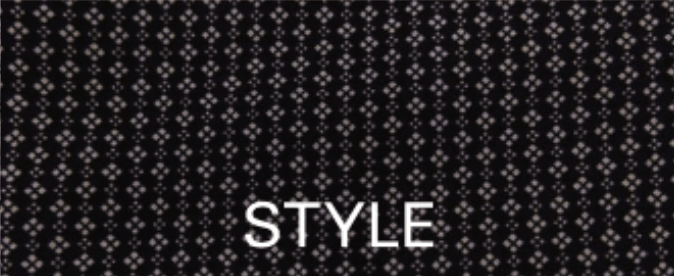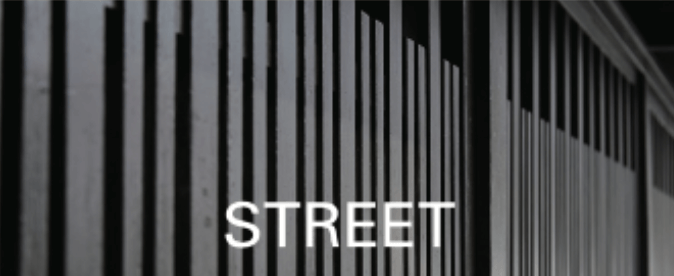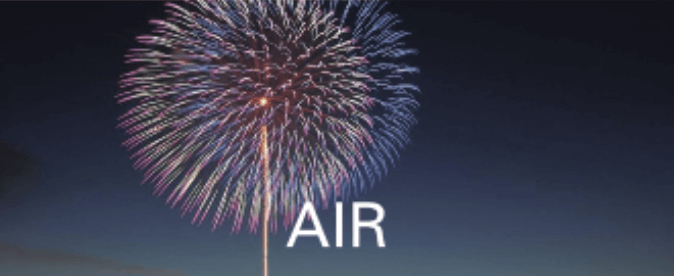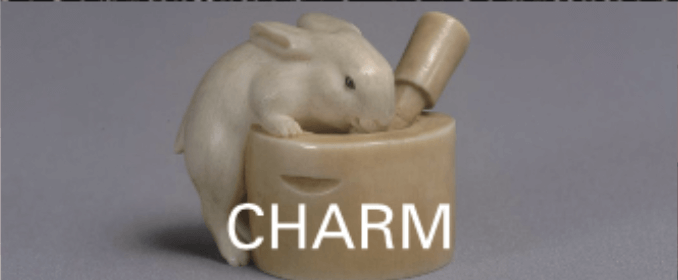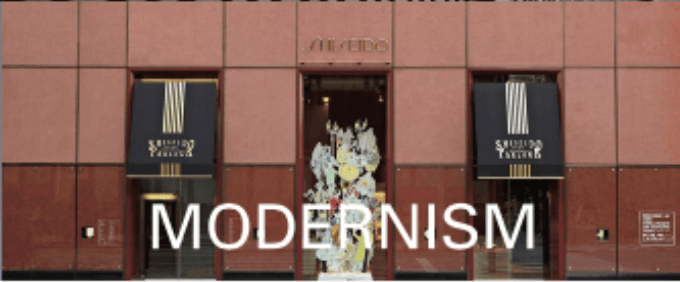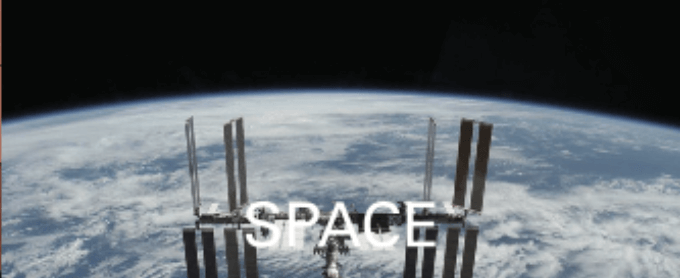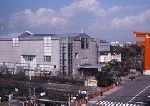
This museum is located in Okazaki-koen Park and systematically introduces works centering on the Kyoto painting circle. It shows the flow of Japanese art history from modern times to contemporary. In particular, the collection of Kawai Kanjiro (1890 – 1966), a Japanese potter, is substantial.
The museum also exhibits pottery, dyeing and weaving, and photographic works from around the world. It holds temporary exhibitions, including retrospective exhibitions of artists who greatly shaped modern art, works by overseas masters, and exhibitions that introduce trends in modern art, design, and fashion. – Kawai Kanjiro worked hard for Mingei, a Japanese folk art movement in Japan, with Yanagi Muneyoshi (1889 -1961), a Japanese art critic and philosopher.
He refused to accept the Order of Culture and he continued to work as a potter, without rank or prize, until his later years.

This temple is Daihonzan, the main temple of a Buddhist sect, which has a long history in temples of the schools of the Nichiren sect. The principal statue of this temple is a typical saint image, and was made by Inko, a high ranking sculptor of Buddhist Statues in the 14th century, which is showed by the inscription inside the statue.
Inko is also known for the statue of Ashuku Nyorai, the Imperturbable Buddha, free from anger, at Enkakuji Temple in Kakuenji, Kanagawa. It is presumed that this statue was produced at the founding of this temple and was made as a monumental statue when the schools of the Nichiren sect were officially certified in Kyoto, capital.
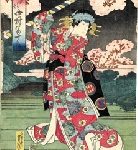
The museum displays Ukiyoe, Japanese woodblock prints produced in Osaka during the Edo period (1603 – 1868). There are Ukiyoe drawing of Nakamura Tomijuro II, who was Tayu-Onnagata, a high-ranking actor who played female roles in the Kabuki, a classical Japanese dance-drama, and was so popular in a flashy costume. The stage name of Nakamura Tomijuro was Myoseki, the famous and celebrated name succeeded by the Kabuki, in the Kabuki of Kamigata (Kyoto and Osaka area).
The handwritten Ukiyoe was born at Kamigata in the Azuchi-Momoyama period (1573 – 1603), which had been brought up by Machishu, townspeople. On the other hand, the woodblock printing Ukiyoe – Nishikie, the multi-colored woodblock printing, had spread to the common people of Edo (Tokyo), before coming to Kamigata, later. Most of the Ukiyoe prints of Kamigata are Kabuki actors’ drawings, which are realistic, including costumes with highly visible line drawings. You can feel the strength at this museum.
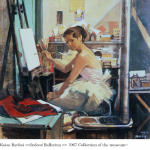
Koiso Ryohei (1903 – 1988) was the second son of the old family of the former Kuki Sanda Domaine Hyogo. He grew up in Kobe, in the atmosphere of Western-style houses lining the streets.
The civic, dignified and modern sense of his works came from his experience. Impressed by traditional European paintings, he worked hard to make Western classical techniques common in Japan. This museum introduces his art works, in the style of the port city.
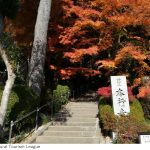
This temple is the Temple of Hokeshu, the Nichiren (1222-1282) sect of Buddhism, founded by Maruyama Baisetsu, who was the founder of the tea ceremony in Kyoto and Nanao, Ishikawa and established the golden age of Nanao Hatakeyama clan culture.
Baisetsu was of the Hatakeyama clan and born in Maruyama, Kyoto in 1471. He learned well Waka, Japanese poetry, Renka, linked verse poetry, and classical texts. He also studied pottery, Noh theater, calligraphy, and landscape. His wife was a believer of Hokeshu, and the daughter of the Yanagi family, who was Machishu, merchants and local leaders, in Kyoto and a brewer and financier. Baisetsu and his wife cooperated to introduce the culture and people to Nanao.
Hasegawa Tohaku (1539 – 1610), who was a Japanese painter and founder of the Hasegawa school, became famous and popular in Kyoto with the support of the Maruyama family.
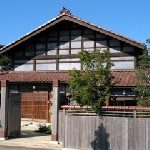
Hashidate Town was known as the wealthiest village in Japan, where the shipowners’ houses were lined up. The owners built wealth through the Trade of Kitamae-bune, cargo ships that sailed the Japanese Sea, between Ezo, Hokkaido and Osaka, during the the Edo period (1603 – 1868), and the Meiji period (1868 – 1912).
Soryokan is the part of the residence built on a small hill overlooking the sea in 1841. The Kubo family had the greatest power among the Hashidate Kitamae-bune’s owners. The Shoji, paper sliding doors of this house, is the symbol of the Japanese artisans, who had the style of intelligence, which takes in the light by dividing.

The ponds, wetlands and rivers at the foot of Mt. Hakuba remain naturally intact. Artists gather there who are fascinated by the sculptural beauties of nature. They paint the wide range of mountain shapes, sculpt using mountain trees, and make accessories with driftwood flowing from the river.
Those various artistries come from the asymmetric beauty of nature. In this trial class of the craft workshop, your own sense of nature begins to breathe.
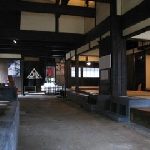
Gamo Ujisato (1556 – 1595) was a feudal lord, who was transferred from Omi Province. Ujisato built the foundation for Matsusaka’s development. By the foundation, wealthy merchants dealing in Matsuzaka cotton, opened stores in Edo, during the Edo period (1603 – 1868).
The Mitsui family opened Echigoya, a store to sell drapery, at Nihonbashi, the eastern terminus of the Nakasendo and the Tokaido, the route connecting Kyoto and Edo during the Edo period, in the Kanei era(1624~44). The Mitsui family was originally a samurai from Omi Province. Echigoya, the name of the store, came from Zuryomei, an unofficial official name given to distinguished vassals by feudal lords.
This museum is close to where the Mitsui Family started its business, and utilizes the former residence of Ozu Seizaemon, the wealthy merchant, who traded paper and cotton on a large scale in Edo, during the Edo period (1603 – 1868). This museum introduces the wealthy merchants of the Edo period.
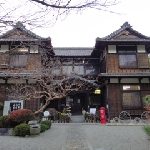
Ise Province connected the Kinai region, provinces surrounding Kyoto and Nara, with Tokai, the central Provinces and Kanto, the eastern Provinces, on Honshu Island, since ancient times.
Gamo Ujisato (1556 – 1595) was a feudal lord and was transferred from Omi Province, at the order of Toyotomi Hideyoshi (1537 – 1598), the powerful feudal lord and Imperial Regent who unified Japan, in the early modern times. Ushisato built the foundation of economic development to take advantage of the water transportation of Matsusaka, Ise Province.
Wealthy merchants dealing in Matsuzaka cotton, opened stores in Edo, during the Edo period (1603 – 1868), and seized the hearts of the snappy Edotsuko, people born and raised in Edo.
This museum displays, in an easily-understandable way, the trading of Matsusaka cotton, including the signboards written by the master calligrapher and painter in Kyoto, Ikeno Taiga (1723 – 1776).
-From April 2021, this museum starts the materials exhibition of a world-famous film director, Ozu Yasujiro (1903 – 1963), who was related with Ozu Seizaemon, the wealthy merchant, who traded paper and cotton on a large scale in Edo, during the Edo period (1603 – 1868).
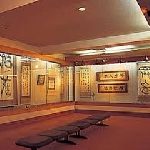
This museum introduces well the essence of Aki culture, with calligraphy. The Goto clan, the chamberlain of the Tosa Domain, founded Heii Gakusha, the school for the retainers of the Domain, and encouraged reading and writing to the common people. After, many Terakoya, a private elementary school in the Edo period (1603 – 1868), were established. That social infrastructure produced many excellent calligraphers.
These great calligraphers like Kawakita Ouun (1874 – 1954), his younger brother, Kawatani Shotei (1886 – 1933) from Kawakita Village and Teshima Yukei (1901 – 1987) came out in the Meiji period (1868 – 1912).
Teshima Yukei founded Shousho, calligraphic style, which was a fusion of oriental spirituality and modern sensibility. It gained an international reputation.

Toshio (1749-1835) was born in Tamana Kumamoto and was a famous monk who studied at Enryakuji Temple at Mt. Hiei, Siga and excelled in calligraphy and painting. The paintings are mainly Buddhist paintings and Zen paintings. The calligraphy is his original style. This calligraphy is work he did in his 60’s, which expresses the power especially in his works.
This museum possesses and exhibits the collection of Imanishi Kikumatsu (1913 – 1987), a former NHK Kumamoto broadcasting stationer, after returning from Siberia, where he was a prisoners of war after World War II.
